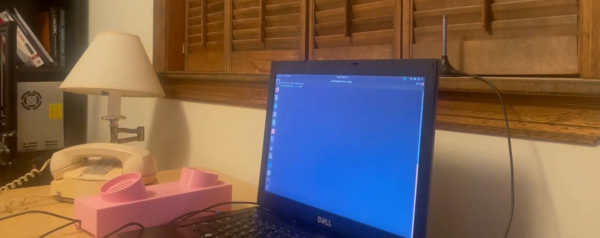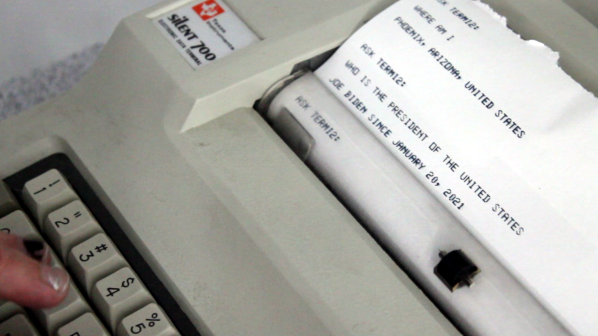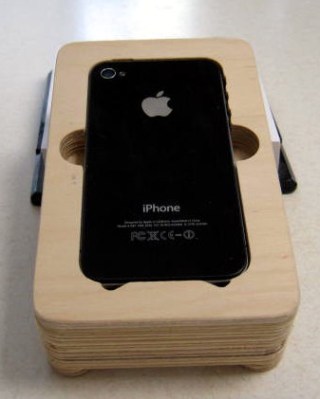Up until the mid-1980s, connecting a computer to a phone line was tricky: many phone companies didn’t allow the connection of unlicensed equipment to their network, and even if they did, you might still find yourself blocked by a lack of standardized connectors. A simple workaround for all this was an acoustic coupler, a device that played your modem’s sounds directly into a phone’s receiver without any electrical connection. Modem speeds were slow anyway, so the limited bandwidth inherent in such a system was not much of a problem.
Nowadays it’s easier to find an internet connection than a phone line in many places, but if you’re stuck in an ancient hotel in the middle of nowhere you might just find [GusGorman]’s modern take on the acoustic coupler useful. The basic design is quite simple: it’s a 3D-printed box with two cups that fit a typical phone handset and a space to put a USB speaker and microphone. Thanks to minimodem it’s easy to set up a connection with any other computer equipped with a phone connection.
Continue reading “Acoustic Coupler Gets You Online Through Any Desk Phone”




 Hackaday readers of a recent vintage might remember an old US Robotics modem that plugged into your computer and phone line, allowing you to access MySpace or Geocities. Yes, if someone picked up the phone, your connection would drop. Those of us with just a little more experience under our belts will remember the acoustic coupler modem — a cradle that held a phone handset that connected your computer (indirectly) to the phone line.
Hackaday readers of a recent vintage might remember an old US Robotics modem that plugged into your computer and phone line, allowing you to access MySpace or Geocities. Yes, if someone picked up the phone, your connection would drop. Those of us with just a little more experience under our belts will remember the acoustic coupler modem — a cradle that held a phone handset that connected your computer (indirectly) to the phone line.








